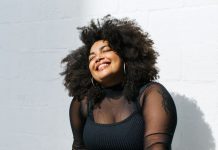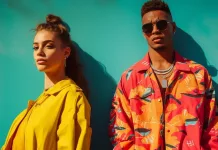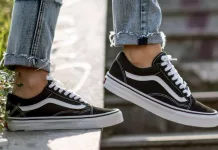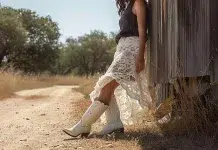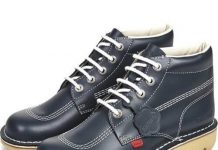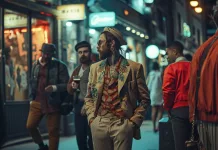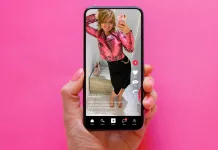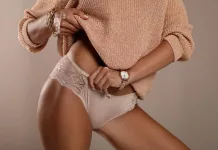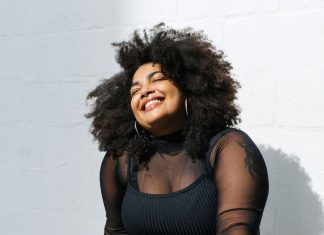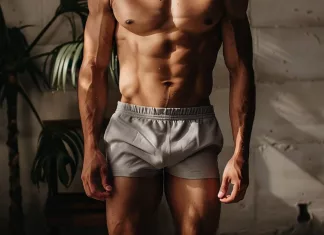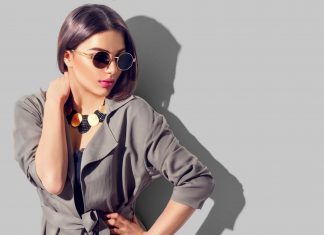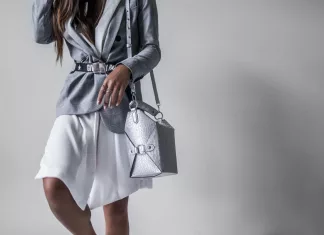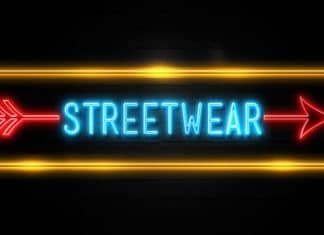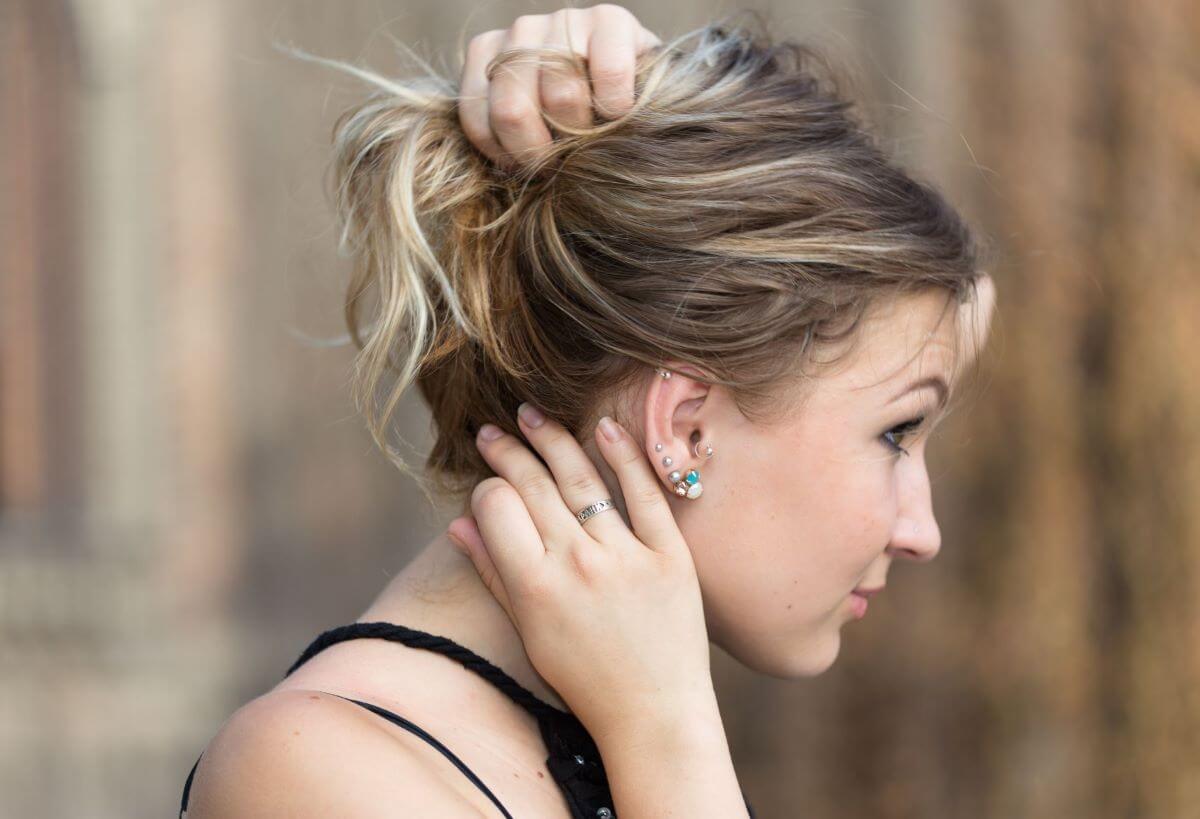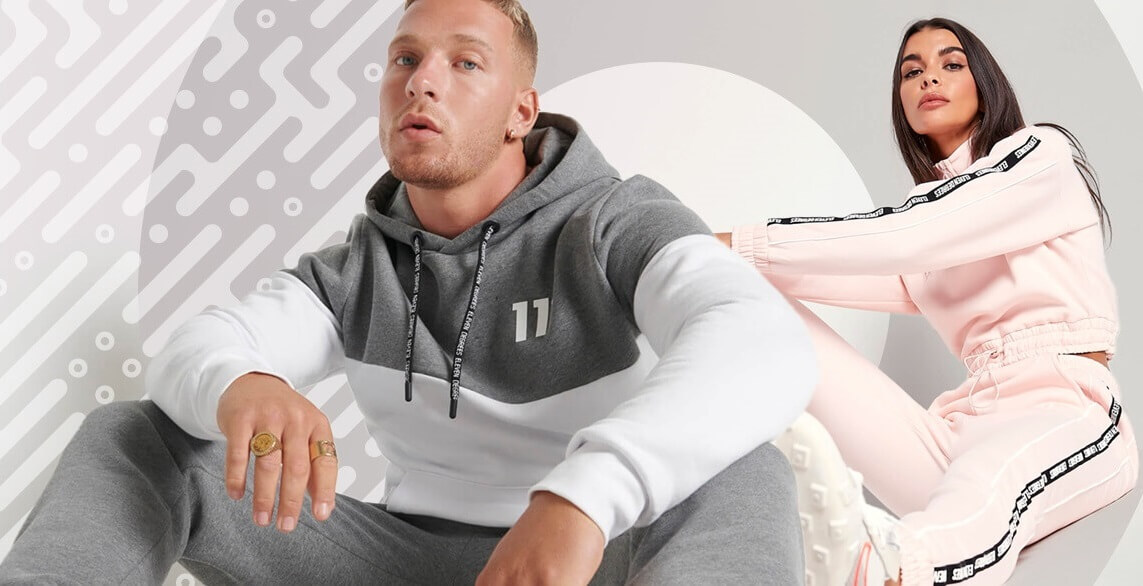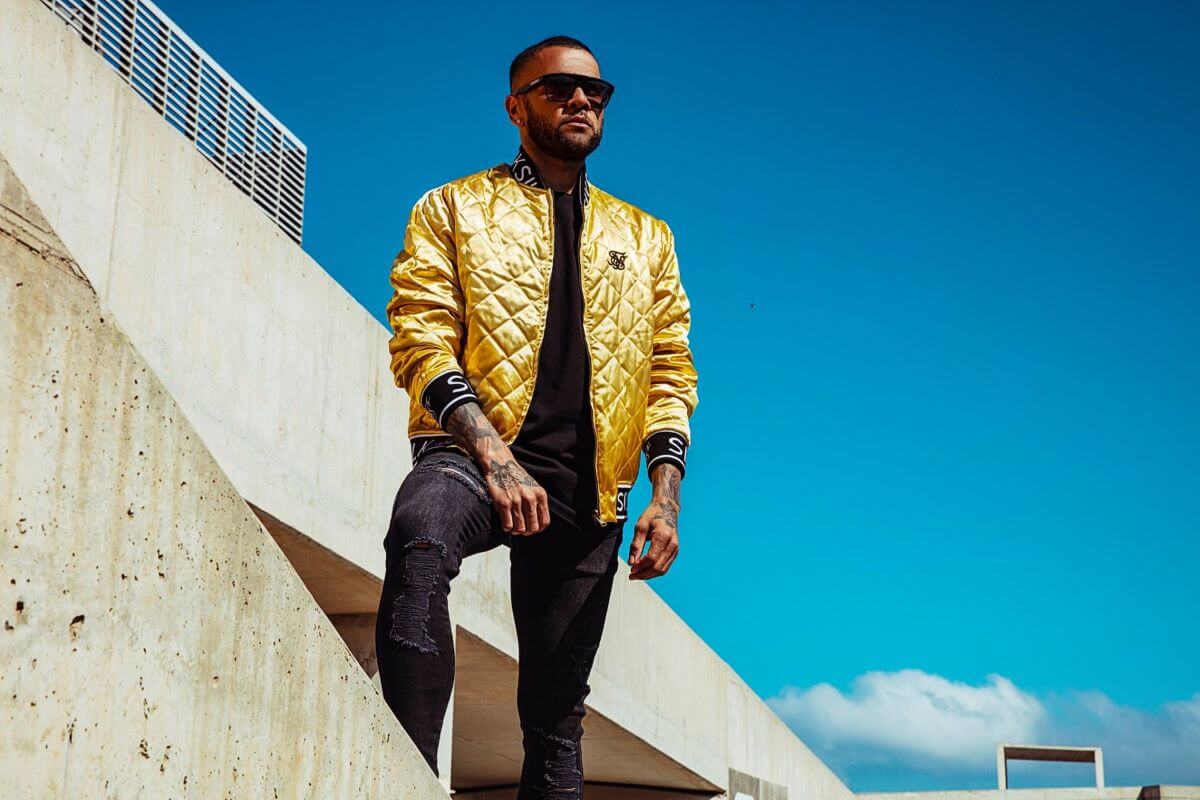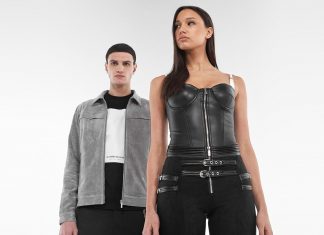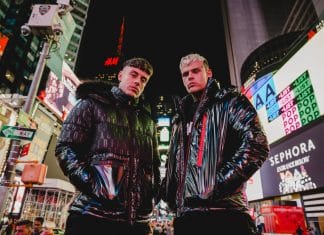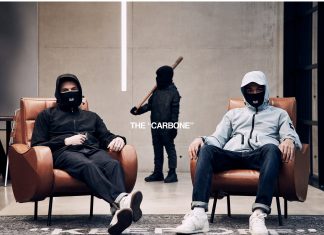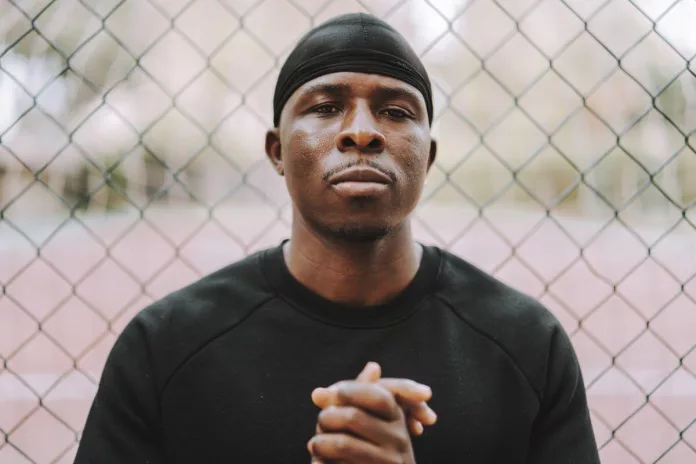
First Published: 27th July 2023, written by Olivia Doonan | Last Updated on 27th July 2023 | Reviewed and Edited by Chloe Safilo
The durag, initially designed as a practical hair accessory in the 1930s based on the cloth enslaved women wore in the 19th century, has transformed into a powerful symbol of identity and cultural expression within hip hop culture and beyond.
Originally used to protect and maintain hairstyles, particularly in Black communities, durags gained popularity during the black pride movement of the 1960s and 70s, when they became associated with fashion and pride.
However, it was in the 1990s and 00s that durags truly rose to prominence in hip hop, thanks to influential artists such as Jay-Z, Nas, Nelly, Eminem, D12 and 50 Cent, who championed them alongside the popular waves hairstyle. And sports stars like superstar basketball player Allen Iverson.
This re-popularization has continued in recent years, with artists like A$AP Ferg and Rihana incorporating durags into their fashion statements and honouring their culture. Numerous alternative spellings include Do rag, Do-rag, Du-rag, Du rag, Doo-rag, Doorag, Dorag, Dew-rag, Dew rag. Rihanna wore a black silk durag on the cover of May 2020 British Vogue.
Despite facing controversy and bans in certain sports leagues and high schools, durags remain an integral part of hip hop fashion and continue to have a profound cultural impact, representing both style and cultural identity.
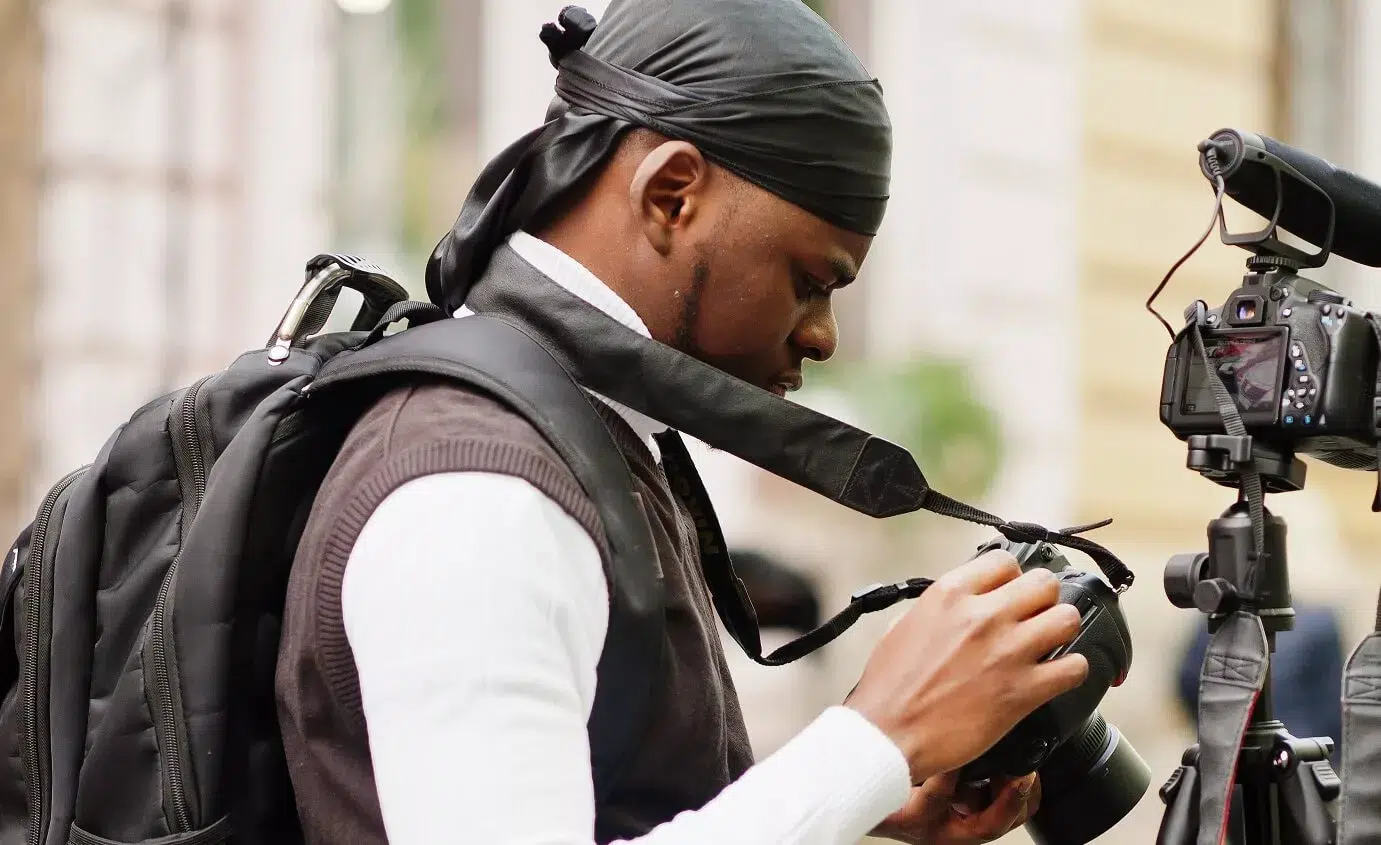
What is the difference between a durag and a bandana?
Durags are designed specifically for hair protection and maintenance, primarily associated with the African American community. Bandanas are versatile cloth accessories worn for various purposes and have a broader cultural appeal.
A durag is a type of head covering made of a soft, stretchable fabric, typically made of nylon or polyester. It is a cloth band worn tightly fit the head to cover the hair completely, including the forehead, sides, and back of the head. Durags often have long tails or straps that can be tied at the back to keep the durag secure.
A bandana is a square or triangular piece of cloth made of cotton or other lightweight materials. It is typically folded diagonally into a triangle and tied around the head or neck, leaving the top of the head exposed. Bandanas can also be worn as a face covering, neck scarf, or accessory.
The Origins of the Durag
The origins of the durag in it’s current form can be traced back to the 1930s, where it was primarily used during the Harlem Renaissance and Great Depression to maintain hairstyles, but it gained popularity during the black pride movement of the 1960s and 1970s and later became synonymous with hip hop culture.
Durags have a significant presence in African American history, symbolizing the resilience and cultural expression of the community. They were used during the Harlem Renaissance to maintain the intricate hairstyles of Black individuals. During the Great Depression, durags helped preserve hairstyles and curl patterns despite limited resources.
In the 1960s and 70s, durags became a symbol of black pride, reflecting the empowerment and self-affirmation of the Black community. However, the appropriation of durags by non-Black individuals has sparked debates on cultural appropriation and the significance of durags as a form of social activism and representation in media.
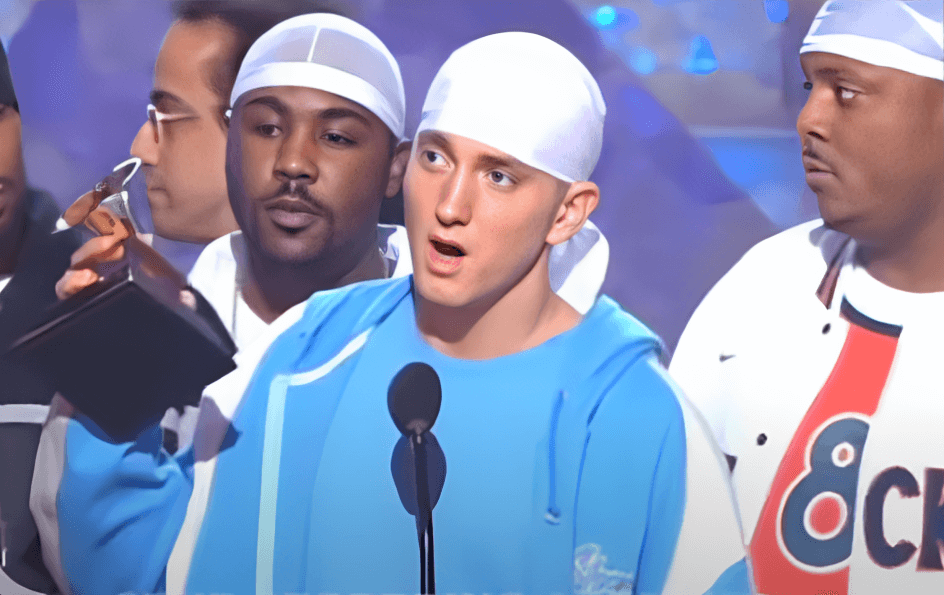
Durags in Early Hip Hop
Originating in the early days of the genre, the emergence of durags as a staple accessory within the hip hop community can be traced back to their practicality and ability to maintain hairstyle integrity.
Durags in early rap videos and iconic hip hop photos showcased their significance as a symbol of rebellion and cultural identity. As hip hop gained popularity, durags became synonymous with the rise of streetwear and were frequently featured in hip hop fashion shows and music videos. They also made appearances in hip hop album covers, further solidifying their influence on the genre’s visual aesthetics.
Moreover, durags played a pivotal role in the evolution of hip hop hairstyles, aiding in the creation and maintenance of iconic looks such as waves and braids.
Additionally, the widespread use of durags in hip hop culture has had a significant impact on black-owned businesses, with many entrepreneurs capitalizing on their popularity by manufacturing and selling durags as a fashion item.
The Durag as a Fashion Statement
Popularized by influential figures in music, fashion, and popular culture, the durag has transcended its practical roots to become a powerful symbol of self-expression and cultural identity. Celebrity endorsements have played a significant role in the durag’s evolution in fashion. From rappers like Jay-Z and Nelly featuring durags in their music videos to Rihanna donning a durag on the cover of British Vogue, these endorsements have propelled the durag into mainstream fashion.
The durag has also become a staple in black fashion, making appearances in streetwear and high fashion collections alike. It has become a means of self-expression, allowing individuals to showcase their personal style and cultural heritage. However, the rise of durags in popular culture has also sparked debates about cultural appropriation and the perpetuation of cultural stereotypes.
Nonetheless, the durag remains an influential accessory in contemporary fashion and continues to shape conversations surrounding identity and fashion trends. Retailers like OZ Durag have a great selection available to buy.
Durags and Cultural Identity
Cultural identity is intricately intertwined with the wearing of durags, as they serve as a powerful symbol of self-expression and a means for individuals to showcase their heritage and personal style.
Durags allow individuals to express themselves through their hair, embracing their natural texture and unique hairstyles. They provide a platform for individuals to celebrate their cultural heritage and challenge societal norms surrounding beauty standards.
However, the popularity of durags has also led to cultural appropriation, with non-Black individuals adopting them as a fashion trend without understanding their cultural significance. Durags also play a crucial role in hair care, helping to maintain moisture, protect hairstyles, and prevent hair breakage.
By wearing durags, individuals feel empowered and confident, as they defy stereotypes and embrace their authentic selves. Durags have become a symbol of social acceptance and an emblem of cultural pride, representing the rich history and traditions within Black communities.
Through mainstream media representation, durags have gained recognition as a fashion statement, influencing fashion trends and challenging traditional beauty ideals. The cultural significance of durags cannot be understated, as they continue to shape and define hip hop culture.




